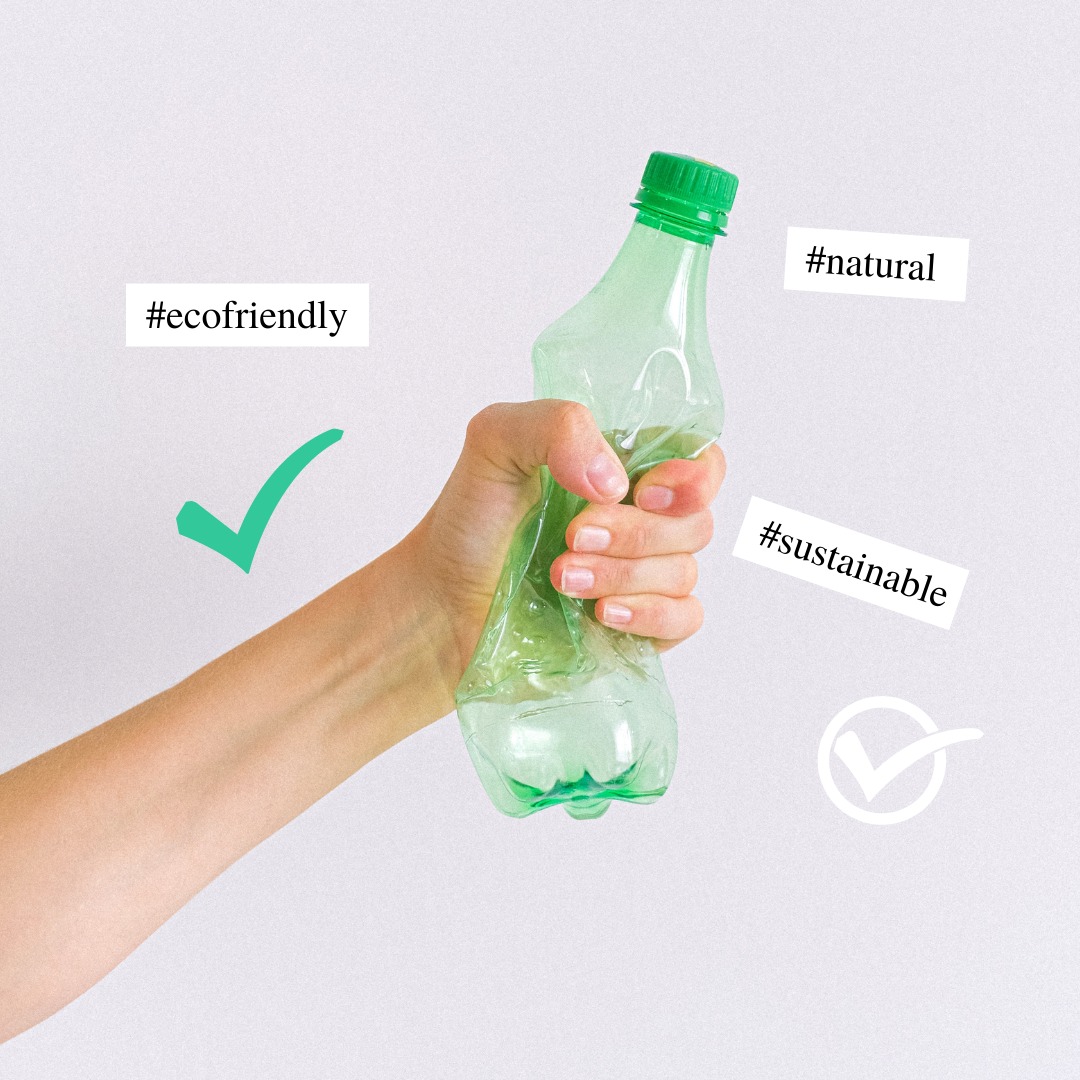The Downside of Green Credentials

Why green credentials are faked and what can you do about it?
In an Ideal World
If you watch TV or scroll through Youtube videos, you probably have seen advertisements for specific products with nature and habitats in the background. For a moment, you feel submerged in the fantasy of an ideal world with lots of forests and animals around. The feeling doesn’t last long though. In one snap you are back to reality, and all you see is the plastic bottle on the screen. This happened to me when I saw Fiji water commercial.
With ongoing climate change, attention on protecting the environment has increased. More individuals, companies and organizations are implementing new strategies to make sure they are environmentally friendly. One of the most important ways to achieve those goals is to ensure that the business has green credentials. Since, green credentials demonstrate commitment to environmental protection.
Both local and multinational companies are actively using green credentials in different ways, such as adopting Sustainable Development Goals into the business framework. Or applying the concepts Reuse, Reduce & Recycle in their workplaces. It all seems inspiring as we tend to believe that green credentials are implemented for great purposes. Nevertheless, if we switch back to reality, present cases of greenwashing give us another side of the story.
Faking Green Credentials
There are numerous circumstances where green credentials were faked simply to increase their brands’ popularity. Companies use greenwashing strategies specifically in their product marketing to appeal to environmentally sensitive consumers. Claims that align a product or campaign can help a company gain market share and obtain a competitive advantage over its rivals. Businesses aiming to profit from it often invest more in the advertisement than the actual strategies for carbon-footprint reduction.
Forging green credentials is more common among multinational companies as they tend to piggyback on environmental or social issues. Large enterprises and corporations are under increasing public and government pressure to reduce their environmental effect, particularly their contribution to greenhouse gas emissions. Less surprisingly, tens of international companies were called out of actively promoting greenwashing.
Greenwashing can take on many forms; you might have heard about the controversy in 2019 when McDonald’s introduced non-recyclable paper straws. Aside from the unethical practice of chopping down trees to create disposable straws. It was a typical case of a corporation appearing to deal with a problem without actually doing anything. Another deceptive greenwashing tactic is to put a green label on something to create the impression of being more sustainable or healthy like Coca-Cola tried with Coca-Cola Life, where the drink that contained 6.6% sugar seemed to be “healthier”. Other stand out cases related to faking green credentials come from Ikea, Ryanair, Shell, H&M, Nestle, and many more.
What to do when Greenwashing is Spotted?
So, how do you detect faking of green credentials? In most scenarios, such cases go unnoticed, and it’s generally challenging to spot. However, there are a few strategies which you can use to identify and call out companies on greenwashing:
- Read the label print on a product to assess the sustainability mission and statement
- Be conscious of buzzwords such as “ecological, environmentally friendly and natural” as these terms tend to be overused.
- Consider the life cycle of the product and think of where the product came from and what is its final destination
- Check for facts and analyse whether statements are legally supported by assessments and formal documentation
- Be aware of the company’s stance on greenwashing and its previous green credentials
These are just a few examples we as consumers can have in mind when purchasing a product. Although we don’t have as much power as the local governments or multinational organizations, it is still possible for us to take bold actions. The first step you can take is to reach the company privately through email or call and state our accusations about the particular product or campaign. If you are neglected or given an inadequate response, consider posting your experience online. Consumer criticism on social media often pushes corporations to make improvements.
To Recap…
The bottom line is that faking green credentials is the practice of misrepresenting a product’s sustainability and environmental impact. Several businesses adopt this destructive strategy to appeal to increasingly environmentally conscious customers. If you notice such circumstances, contact the firm to hold them accountable and inform the surrounding about it. I hope the authorities will soon recognize the essence of this issue and propose legal acts on penalizing green credentials. Maybe one day, there will be enough regulations so we can act less like Dora the Explorer on spotting greenwashing corporations.
